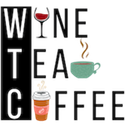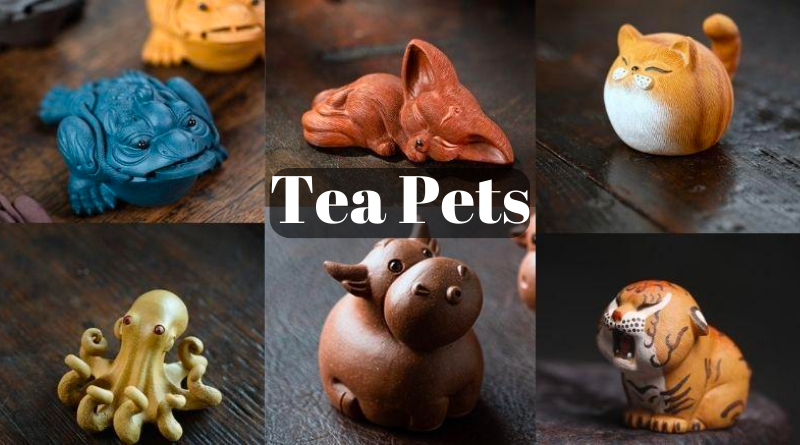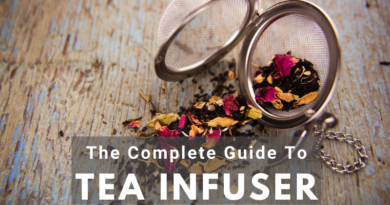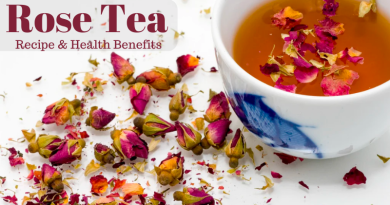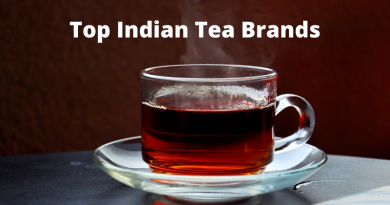Tea Pets: The Quirky Sidekick Every Tea Lover Needs
What is a Tea Pet
Tea pets are small figurines that are commonly used in Chinese tea culture. These figures are made from a variety of materials, including clay, porcelain, and other materials, and they are often shaped like animals or mythical creatures. Tea pets are typically placed on a tea tray during a tea ceremony, and they are believed to bring good luck and fortune to those who use them.
Over time, the use of tea pets evolved, and they became an integral part of the Chinese tea ceremony. Today, tea-pets are used by tea enthusiasts all over the world, and they are often collected as works of art. Many tea pet collectors believe that the figures have unique personalities, and they often give them names and treat them like pets.
History, Origin and Significance of Tea Pets
The history of tea pets can be traced back to ancient China, where they were first used as part of a ritual to honor the spirits of the tea trees. These figures were created to represent the guardians of the tea fields, and they were often made in the shape of animals or mythical creatures. Over time, tea pet evolved into an important part of Chinese tea culture, and they are now used in tea ceremonies around the world.
Tea pets became especially popular during the Ming Dynasty (1368-1644 CE), when tea drinking became a popular pastime among the upper classes in China. During this time, tea pets were often used to bring good luck and fortune to those who used them. They were believed to have magical powers that could help to purify the tea and enhance its flavor.
Pets for Tea are also an important part of Chinese folklore and mythology. Many of the most popular tea pet designs are based on animals and creatures that feature prominently in Chinese legends, such as dragons, lions, and elephants. In some cases, tea-pets are believed to be able to protect their owners from evil spirits and negative energy.
In addition to their spiritual significance, tea-pets are also an important part of tea ceremony rituals and traditions. During a tea ceremony, the tea pet is often placed on the tea tray and surrounded by tea cups, teapots, tea caddies and other tea accessories. The tea is then poured over the tea pet as a way of honoring its presence and acknowledging its importance.
Tea Pets: Materials and Methods
Tea pets are made using a variety of materials, and the method of creating them can also vary depending on the material used.
Materials Used
- Clay: a traditional material used for making tea pets that is easy to mold and shape
- Advantages: rustic, natural look
- Disadvantages: can be fragile and break easily
- Porcelain: a popular material for tea pet due to its delicate beauty and intricate details
- Advantages: more durable than clay, ideal for collectors
- Disadvantages: can be more expensive than other materials, requires a high level of skill to create
- Resin: a newer material used for making tea-pets that is durable and easy to work with
- Advantages: can be molded into a variety of shapes and designs, less expensive than porcelain or clay
- Disadvantages: may look less natural and have less detail than other materials
Methods Used
- Traditional: involves hand-molding and firing the tea-pets in a kiln
- Modern: involves using molds and other manufacturing techniques to mass-produce tea pet
Choosing a Material
The choice of material for a tea pet often depends on personal preference and the intended use of the tea pet. Those who prefer a rustic, natural look may prefer clay tea pets, while collectors may prefer porcelain tea pets for their delicate beauty and durability. Resin tea pet are an accessible option for those who want a more affordable tea pet with a wide range of shapes and designs.
Tea Pets: Types and Shapes
Tea-pets come in a variety of shapes and styles, each with its own unique meaning and symbolism. Here are some of the most popular types of tea pets and what they represent.
Types of Tea Pets
Dragon: symbolizes power, strength, and good luck

Frog: symbolizes wealth, prosperity, and good fortune

Elephant: symbolizes longevity and good luck

Pig: symbolizes abundance, prosperity, and happiness

Turtle: symbolizes longevity, stability, and protection

Cat: symbolizes luck, prosperity, and companionship

Symbolism Behind Tea Pet Shapes
The shape of a tea pet can also hold important symbolism. For example:
- Round: symbolizes completeness and unity
- Square: symbolizes stability and balance
- Triangular: symbolizes harmony and balance
Modern Variations
While traditional tea pet designs remain popular, there has been a trend towards more modern and unique designs in recent years. Some tea pet are now created in the shape of popular cartoon characters or other unique designs, and some are even made using 3D printing technology.
Tea Pets: How to Use and Feed
Tea pets play an important role in Chinese tea ceremonies, and they require proper care and maintenance to ensure their longevity and usefulness.
Using Tea Pets
During a tea ceremony, tea is poured over the tea pet to wash it and bring it to life. This ritual serves as a way of showing respect to the tea pet and adding to the overall atmosphere of the ceremony. Some people also believe that tea pet can absorb the essence of the tea and bring good luck to those who care for them.
Maintaining Tea Pets
Proper maintenance is essential for tea-pets to remain in good condition. Tea-pets should be wiped clean after each use and stored in a dry, cool place. This helps to prevent mold and mildew from forming and keeps the tea pet looking its best.
Feeding Tea Pets

In addition to cleaning and maintenance, tea pet should also be fed regularly to ensure their longevity. Tea pets can be fed using the tea used during a tea ceremony, as this helps to nourish the tea pet and keep it looking its best. To feed a tea pet, simply pour a small amount of tea over the tea pet during the ceremony.
Tips for Proper Care
- Wipe tea pets clean after each use
- Store tea pets in a dry, cool place
- Feed tea pets regularly during tea ceremonies
- Avoid exposing tea pets to extreme temperatures or moisture
- Handle tea pets with care to avoid breakage
Final Words
In modern times, tea pet continue to hold a special place in Chinese culture and in the hearts of tea enthusiasts around the world. While their original purpose was to serve as a tool for tea ceremony rituals, tea pets have now become a way to express one’s personality, style, and beliefs. They are also cherished as collectibles, passed down from generation to generation as a family heirloom.
Tea pets serve as a reminder of the importance of tradition, culture, and respect for the environment. They encourage mindfulness, patience, and focus, as caring for them requires attention to detail and a sense of responsibility. In a world where fast-paced living and instant gratification are often valued above all else, tea-pets remind us to slow down, appreciate the moment, and enjoy the simple pleasures of life.
In conclusion, tea pet may have originated centuries ago, but they continue to be relevant in modern times as a symbol of tradition, mindfulness, and respect. As long as there are tea enthusiasts who appreciate the art and culture of tea ceremonies, tea-pets will remain an important and cherished part of their collection.
